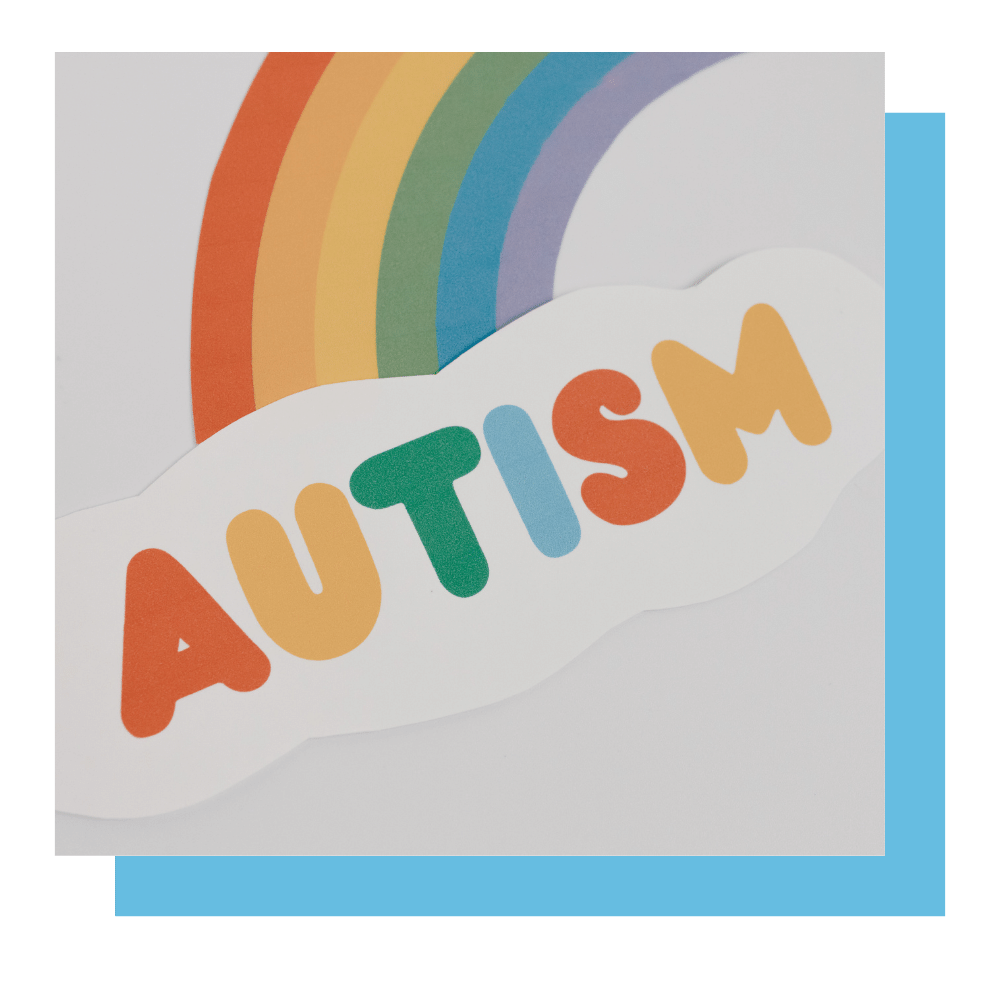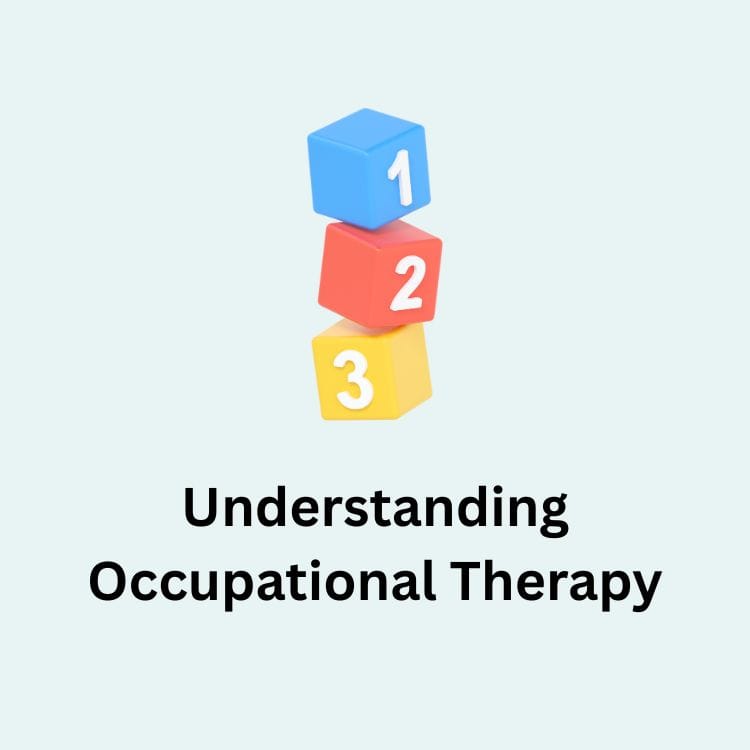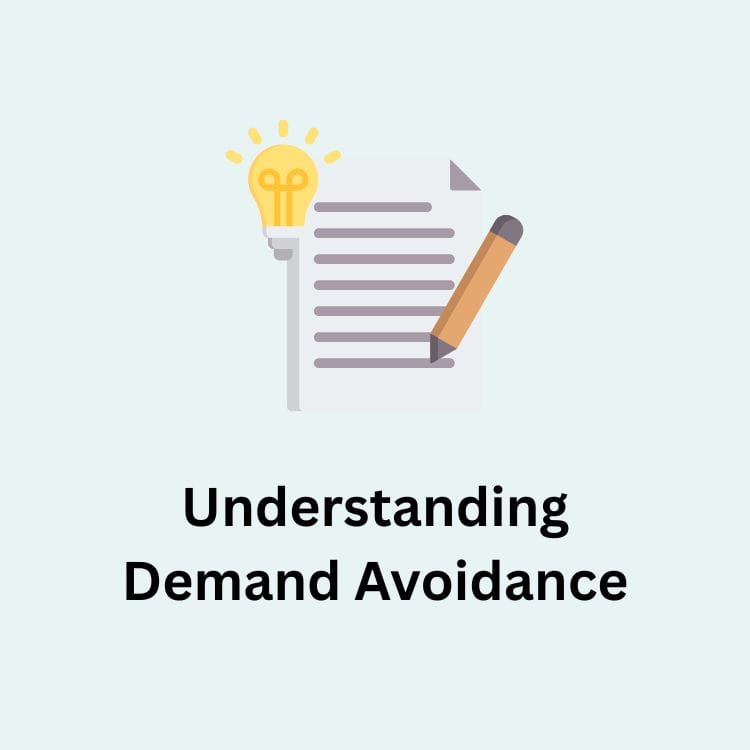A Comprehensive Guide to Autism Terminology

Section 1: Autism Spectrum Disorder (ASD)
Section 2: Early Intervention
Section 3: Applied Behavior Analysis (ABA)
Section 4: Sensory Processing Issues
Section 5: Social Communication
Section 6: Meltdowns and Shutdowns
Section 7: Individualized Education Plan (IEP)
Section 8: Inclusion and Accommodations
Section 9: Conclusion

Autism Spectrum Disorder (ASD) is a complex neurodevelopmental condition characterized by a range of challenges in social interaction, communication, and behavior. Individuals with ASD might have difficulties in understanding and responding to social cues, often struggling to engage in reciprocal conversations or forming meaningful relationships. Repetitive behaviors, interests, and routines are common, and individuals might show heightened sensitivity or under-responsiveness to sensory stimuli. Oftentimes, this repetitive behavior helps a person exercise a degree of control in their environment. It provides stability in what is perceived as an unstable setting. The severity of ASD’s characteristics can vary widely, which is why it’s referred to as a “spectrum.” Early intervention and tailored support can significantly improve the lives of those with ASD, helping them navigate these challenges and harness their unique strengths.
The “spectrum” concept in autism refers to the diverse and multidimensional nature of Autism Spectrum Disorder (ASD). It recognizes that individuals with ASD exhibit a broad spectrum of symptoms, abilities, and challenges that can vary greatly from person to person. This concept acknowledges that while some individuals might experience severe difficulties in communication, social interaction, and behavior, others might have milder challenges and unique strengths. The spectrum encompasses the entire range of these differences, from those who might require significant support to those who might function independently with minor accommodations. This understanding promotes acceptance and appreciation of the individuality of each person with autism, emphasizing the need for tailored approaches to intervention, education, and support. By tailoring these approaches, service providers can meet people at their level and then work on various areas to bolster skills.

Early intervention for individuals with Autism Spectrum Disorder (ASD) is of paramount importance as it can significantly improve their developmental trajectory and long-term outcomes. During the critical early years, the brain is highly adaptable, making it an optimal time for targeted therapies and interventions to enhance communication, social skills, and behavior. Addressing challenges and providing support at an early stage can lead to better integration into educational and social environments, fostering improved independence and quality of life. By identifying and addressing symptoms early, individuals with ASD can benefit from tailored interventions that capitalize on their strengths, enabling them to reach their fullest potential and reduce the impact of the disorder on their lives. Studies have shown that the earlier a person starts a program like ABA Therapy, the sooner they can start to work on and manage some of the challenging situations and behaviors they may face.
Common types of early intervention therapies and strategies for individuals with Autism Spectrum Disorder (ASD) encompass a range of approaches tailored to address various developmental challenges. Applied Behavior Analysis (ABA) focuses on behavior modification and skill-building through positive reinforcement. This is one of the most widely used behavioral therapies in the field of autism. Speech therapy targets communication difficulties, aiding in language development and social interaction. Occupational therapy enhances sensory integration and motor skills, improving daily functioning. Social skills training cultivates interaction abilities and empathy. Additionally, developmental and play-based therapies stimulate cognitive and emotional growth. Early intervention often employs a multidisciplinary approach, combining these strategies to create a comprehensive and individualized plan that maximizes the potential for positive outcomes in children with ASD. The goal of any therapy program should be to support the unique strengths of the person receiving them.

Applied Behavior Analysis (ABA) plays a crucial role in autism therapy by employing systematic techniques to modify behaviors and foster skill development. Based on principles of learning and reinforcement, ABA focuses on breaking down complex tasks into smaller, manageable steps, allowing individuals with Autism Spectrum Disorder (ASD) to learn new behaviors effectively. Positive behaviors are reinforced through rewards, while undesired behaviors are systematically reduced. ABA interventions can target various areas such as communication, social skills, academic abilities, and daily living tasks, providing individuals with ASD the tools to enhance their functional independence and quality of life. The structured and data-driven nature of ABA makes it a widely utilized and evidence-based approach in early intervention and beyond, tailored to each individual’s unique needs and strengths. It is a form of therapy that looks to manage, to the greatest degree possible, behaviors that people (and those around them) find challenging.
Applied Behavior Analysis (ABA) offers a range of benefits that contribute to its effectiveness as an intervention for individuals with Autism Spectrum Disorder (ASD). ABA provides a structured and individualized approach, allowing therapists to tailor interventions to specific needs and goals. Its data-driven nature ensures progress is tracked and adjustments are made in real-time, leading to observable improvements in behavior and skills. By breaking down complex tasks into manageable steps and reinforcing positive behaviors, ABA promotes consistent learning and skill acquisition. Additionally, its focus on generalization helps individuals apply learned behaviors across various settings and contexts, enhancing their overall functionality and adaptability. ABA’s evidence-based foundation and widespread implementation make it a valuable tool in enhancing the lives of individuals with ASD, aiding in communication, social interaction, and independence. Since it is based on evidenced based practices, it allows people to see and understand the precedent for using ABA as a form of therapy.

Sensory processing refers to how the brain receives, interprets, and responds to sensory stimuli from the environment, encompassing sensations like touch, sound, sight, smell, and taste. For individuals with Autism Spectrum Disorder (ASD), sensory processing can be atypical, leading to heightened or diminished sensitivity to sensory inputs. This can result in sensory sensitivities, where certain stimuli might cause discomfort or overwhelm, and sensory-seeking behaviors, where individuals actively seek out sensory experiences. Understanding sensory processing in the context of ASD is significant as it sheds light on the challenges individuals may face in navigating their environment and social interactions. Addressing sensory processing differences through interventions and strategies can greatly enhance their comfort, reduce anxiety, and improve their overall well-being, fostering a more inclusive and supportive environment for individuals with ASD. By the same token, creating a sensory diet for those who need it can be of great benefit in relieving stressors and calming a person when necessary.
Many individuals with Autism Spectrum Disorder (ASD) experience sensory processing issues, such as being sensitive to lights, sounds, textures, or smells. Some may seek intense sensory experiences. To manage these challenges, strategies include creating a sensory-friendly environment with reduced stimuli, providing sensory tools like weighted blankets or fidget toys, offering sensory breaks when needed, and using visual schedules to prepare for sensory-rich activities. Understanding and accommodating these sensory differences can help individuals with ASD feel more comfortable and engaged in their surroundings. Even better, is when a person can communicate these needs or can self-regulate on their own. This fosters greater independence which is always one of the underlying goals.

Social communication refers to the ability to exchange information, emotions, and ideas through verbal and nonverbal means, including gestures, facial expressions, and body language. For individuals with Autism Spectrum Disorder (ASD), challenges in social communication are a hallmark feature. These difficulties can impact their ability to form and maintain relationships, understand social cues, and engage in reciprocal conversations. Social communication is crucial as it underpins successful interactions, friendships, and the ability to navigate social situations effectively. Addressing these challenges through interventions and therapies tailored to enhance social skills can greatly improve the quality of life for individuals with ASD, allowing them to connect with others and participate more fully in social and community activities. Social groups, social stories, and natural social situations can go a long way toward fostering this. The more a person is integrated into their environment and community, the more likely they are to see and model prosocial behaviors.

Meltdowns and shutdowns are closely linked to autism, representing extreme reactions to sensory overload, emotional stress, or challenges in processing information. During meltdowns, individuals with autism may exhibit intense emotional outbursts, often due to feeling overwhelmed by sensory stimuli or changes in routine. For them, in these moments, the shutdowns are the best ways to cope with overload being experienced in this situation. The shutdowns involve a withdrawal from social interaction and a decrease in responsiveness, often triggered by an inability to process or cope with sensory or emotional inputs. Both meltdowns and shutdowns reflect the unique sensory and cognitive processing differences in individuals with autism, highlighting the importance of understanding and providing appropriate support during such moments of distress.
Managing meltdowns and shutdowns involves employing effective strategies that cater to the sensory and emotional needs of individuals, particularly those with autism. For meltdowns, creating a calm and safe environment, removing sensory triggers, and providing sensory tools for self-regulation can help mitigate the intensity of the outburst. Teaching individuals coping strategies, such as deep breathing or counting, can aid in preventing meltdowns. In the case of shutdowns, offering a quiet and low-stimulation space, respecting the individual’s need for solitude, and gradually reintroducing sensory input can facilitate a return to a regulated state. It’s essential to recognize and understand the signs that may precede meltdowns or shutdowns, allowing caregivers, educators, and support networks to intervene with patience, empathy, and appropriate sensory support to help individuals navigate and recover from these overwhelming experiences. Deescalation can take time, however, once a person gains knowledge of the client they are supporting, these situations can become more manageable over time.

An Individualized Education Program (IEP) serves as a personalized roadmap for students with an eligible disability to access the most effective and tailored educational support. Designed collaboratively by educators, parents, and specialists, an IEP outlines specific goals, accommodations, modifications, and services that cater to the unique learning needs of the student. For students with ASD, the IEP focuses on addressing challenges related to communication, social skills, sensory sensitivities, and academic progress. By providing a comprehensive and individualized plan, the IEP ensures that students with ASD receive the necessary resources and strategies to thrive in the educational environment, fostering their overall growth, development, and successful integration into the school community. Another goal of an IEP is to create the least restrictive environment possible. From there, with support, the person has the best opportunity to thrive.
Creating an Individualized Education Program (IEP) involves several collaborative steps to ensure a tailored educational plan for students with special needs, including Autism Spectrum Disorder (ASD). The process begins with assessing the student’s strengths, challenges, and specific requirements, often involving input from teachers, parents, specialists, and the student themselves when appropriate. Key components of an IEP encompass measurable goals that address academic, behavioral, and developmental areas, along with detailed strategies, accommodations, and modifications necessary for the student’s success. Additionally, the plan outlines the extent of special education and related services that will be provided, as well as methods to track progress and regularly review and update the plan. The IEP process seeks to optimize the student’s learning experience, enabling them to achieve their potential while fostering a collaborative and supportive partnership among members of the IEP team.

Inclusion and accommodations play a vital role in ensuring that individuals with Autism Spectrum Disorder (ASD) have equitable access to education, workplaces, and social environments. Inclusion refers to the practice of integrating individuals with ASD into mainstream settings, promoting diversity and fostering a sense of belonging. Accommodations involve making necessary adjustments to the environment, curriculum, or activities to accommodate the unique needs of individuals with ASD. These adjustments can range from sensory supports, communication tools, modified teaching methods, flexible schedules, and social skills training. By embracing inclusion and providing appropriate accommodations, society creates an environment where individuals with ASD can actively participate, learn, and contribute, thereby nurturing a more inclusive and diverse community that values the strengths and perspectives of all its members. In fact, the experience is immeasurably beneficial for everyone.
Inclusive environments offer a range of benefits for individuals with Autism Spectrum Disorder (ASD), fostering social integration, learning opportunities, and overall well-being. When individuals with ASD are included in mainstream settings, it promotes understanding, empathy, and a sense of belonging among all participants. Common accommodations tailored to their needs further enhance this experience. Visual supports, such as schedules, timers and communication boards, aid in comprehension and communication. Sensory-friendly adjustments, such as reduced stimuli or quiet spaces, putty, and squeeze toys help manage sensory sensitivities. Peer mentorship programs promote social interactions and friendships. Flexible teaching methods and individualized learning plans accommodate diverse learning styles. By embracing these accommodations and inclusive practices, society not only supports the growth and development of individuals with ASD, but also cultivates a more diverse and empathetic community for everyone involved.
Understanding autism terminology is crucial as it facilitates effective communication, promotes accurate representation, and reduces stigma surrounding Autism Spectrum Disorder (ASD). Precise use of terms helps ensure that individuals with autism are recognized for their unique characteristics and challenges, rather than being defined solely by their condition. It also helps to avoid outdated or inappropriate language that might perpetuate misconceptions or biases. It also helps everybody understand terms being used, and how they should be used appropriately. By using respectful and informed language, we create an environment where people with ASD are seen and treated with dignity, fostering better comprehension, acceptance, and inclusion within society.
Encouraging ongoing education and advocacy for individuals on the autism spectrum is pivotal in fostering an inclusive and empathetic society. By continuously seeking knowledge about the diverse experiences and needs of those with Autism Spectrum Disorder (ASD), individuals can challenge stereotypes, misconceptions, and biases. This empowers them to engage in meaningful conversations and take informed actions that support the rights, well-being, and opportunities of people with ASD. In the process they will grow and come to understand the terminology on an even deeper level. Through proactive advocacy efforts, whether through raising awareness, promoting policy changes, or championing accessible environments, we contribute to creating a world where individuals on the autism spectrum can thrive, and their voices and contributions are valued and respected.
Are you looking for a service provider that will see the whole person and constantly strive for inclusion and continued success at home, school or in the community? Then contact Autism Behavior Services, Inc. and let us help you on your journey. Our team based approach incorporates the whole family so that you or your loved one can live the most fulfilling life possible. Some of the services we offer are:
- Direct 1:1 ABA therapy.
- Functional behavior assessments (FBA)
- Parent consultation
- IEP support
- Social groups and more!
How Occupational Therapy Supports ABA Goals in Children with Autism
Understanding the Concept of Demand Avoidance in Autism


